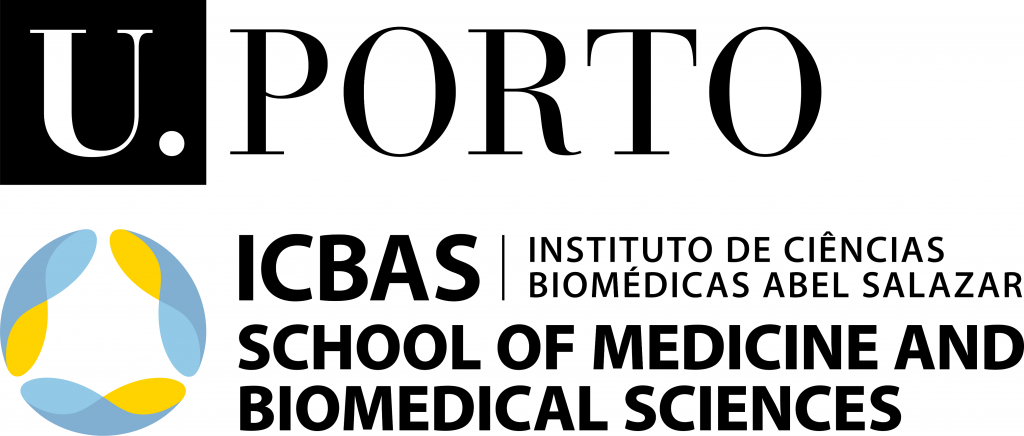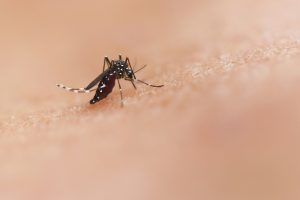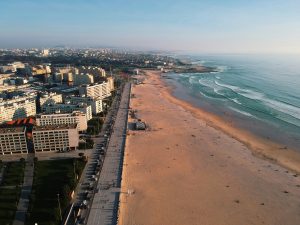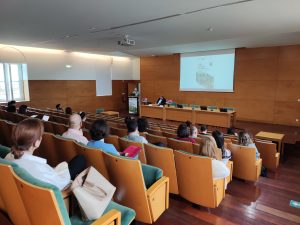Most infectious diseases are of animal origin. Pathogens go around the world in a human body very quickly. The debate is open. What do we eat? How do we treat ecosystems and wild reserves? How to understand that the health of animals is the health of humans? Where does globalization lead us?
It's a complex matter with many angles. But with one certainty: almost 70% of the infectious diseases that have hit man in recent decades are of animal origin. And there will be an estimated 1.7 million viruses to be discovered in wildlife. The problem won't be so much what's inside the animals. The question is what humanity does or does not do since disease is and always will be a threat. Science studies and produces knowledge. Health makes the guts heart to deal with what comes to hand. The veterinarian controls and monitors. Political power decides.
Realities and behaviors come back to the discussion. Animals infect men. Animals are closer to each other. Humans are closer to animals through deforestation. Wild animals have less space and seek new destinations and ways to survive. Viruses take advantage of human vulnerabilities. Natural habitats have been attacked. An unbalanced food system affects health. Agricultural land climbs land. Livestock production continues to grow. In China, the wildlife business involves 12 million people and €65 billion a year. The world population has doubled and lives concentrated in cities. The global world is a highway traveling at the speed of light.
The dice are posted. A pathogen that has passed from an animal to a human travels many kilometers in a few hours. And the World is, at this moment, turned inside out. The most recent coronavirus, the seventh, was reportedly transmitted by a species of bat at a wildlife market in Wuhan, China. It is still unclear whether, in the current pandemic, there was a pangolin, a small wild mammal, as an intermediary in the mutation of an unknown virus and its transmission to the human species. It is known, however, that the coronavirus does not need an animal to survive.
Examples abound. In 2002, the SARS coronavirus was identified as the cause of an outbreak of severe acute respiratory syndrome. Ten years later, MERS-CoV was blamed for the Middle East respiratory syndrome. In both cases, the likely original host was a bat. And it's a bat that is also pointed out as the Ebola's natural reservoir. Bird flu, caused by a highly aggressive strain of a virus, comes from infected birds, alive or dead. The influenza virus has moved from birds to pigs and to humans. A mouse living in Africa spread Lassa fever across Nigeria, Liberia, Guinea and Sierra Leone, and even flew to the United States and the United Kingdom. Malaria is an infectious disease transmitted by mosquitoes. Leishmaniasis, a parasitic disease, is also transmitted by the bite of a mosquito. Mad cow disease, or Creutzfeldt-Jakob disease, attacks domestic cattle and is transmissible to humans. HIV migrated to humans and originated in wild chimpanzees.
Animals have transmitted diseases to humans since the beginning. Point. Bats, primates and rodents are referred to as the wild animals that transmit the most viruses to mankind. And viruses have an extraordinary adaptability, waiting for an opportunity to enter human cells and wreak havoc. There have always been risks, there will always be risks, the impact is that it can be milder or more violent on human health. The current pandemic has put the world at home and has already killed nearly 200,000 people.
How do viruses, bacteria and parasites get out of animals and infect man? In many ways. “By contact, by inhalation, by food, among other possibilities”, answers Manuel Vilanova, immunologist, professor at ICBAS – Institute of Biomedical Sciences Abel Salazar, University of Porto. Nobody has the gift of guessing when a virus leaves an animal, how it mutates, when and how it will attack man. "We cannot predict, we can react, and the problem has to be tackled on several fronts, pharmacological, immunological, and all of this takes time." In any case, the medical and scientific community worldwide has never been so focused and united in trying to find a solution to the current pandemic.
Killing animals is not even considered. "It is necessary to be careful how animal products are made available and how hygiene and food safety rules are organized." One thing is certain: the health of animals affects the health of humans. "No doubt. It is a lesson that everyone should never forget and that has now been put in a very clear way”, emphasizes Manuel Vilanova.
The percentage came from the Food and Agriculture Organization of the United Nations (FAO) with the warning that one cannot continue idly: about 70% of the new diseases that infect man have animal origin. The report is from 2013, it's the latest in the matter, and it's still up to date. The United Nations food agency then called for an integrated, global intervention to manage health threats. Trying to anticipate rather than react.
Human health, animal health and ecosystem health cannot be seen separately. It is necessary to reflect health together and without borders, to structure ideas, identify problems, make recommendations, create an action plan, commit and hold political power accountable. “There must be respect for knowledge and science”, says Henrique Cyrne de Carvalho, director of ICBAS, doctorate in Medicine, Portuguese representative at One Health – World Health Organization, a European group working on the fusion of human and veterinary health organizations, that moves in this axis of human, animal, environmental health. The intervention, in his opinion, must be carried out upstream as much as possible and the information produced consistently and without any doubts must be on the decision-maker's table. It cannot be otherwise. “We are frankly exposed to infections that decimate populations in frightening numbers, be it bacteria, viruses, parasites,” he notes. “And we must have the humility to recognize that the world is not prepared for situations of this nature”, he adds.
The world is global, extremely urbanized, the countryside is a distant place, wildlife is a remote image. João Niza Ribeiro, veterinarian, doctorate in Veterinary Sciences, professor at ICBAS, member of One Health, puts all these points in the conversation. “What happens is that highly infectious diseases have globalized, become widespread. This type of situation is linked to urbanization.” Cities full of people, unusual population densities. People get infected, they infect others, and then you realize what's happening. Meanwhile, he says, "pathogens make their way."
Didier Cabanes, PhD in Molecular Biology, leader of the research group in Molecular Microbiology at i3S – Institute for Research and Innovation in Health of the University of Porto, has opinions, has no solutions. “What is happening is the result of our way of living 50 years ago. We are always reducing the space reserved for wild animals and many of these viruses, which are not known, come from wild animals.” The closer they are, the more exposed. And diseases have their particularities, their originalities. “Viruses have an enormous capacity to modify the genome in order to adapt, they find a way to infect humans, and this is nothing new”, he points out. The point is that history repeats itself over and over and sometimes leaves the World to its knees.
What arrives at the table is extremely important. Francisco Sarmento, former FAO representative in Portugal, with 30 years of international experience in food systems, brings together several elements. “The pandemic most likely comes from food pandemonium. The way we industrialized agriculture and globalized food in recent decades means that we are killing the planet and, consequently, ourselves. We destroy biodiversity and eliminate protective organisms to produce more calories and not more nutrients”, he stresses. Those most exposed to viruses that "jump" from animals, which cause pandemics, generally end up being the ones that carry the most a history of diseases and complications. “We are more vulnerable to overweight, obesity, cancer, diabetes, cardiovascular diseases, among other pathologies that are becoming chronic. And we are going to die more and more quickly from a set of other diseases if we don't change the food system and its relationship with ecosystems. It changes with political will, social participation and science. The biggest enemy, as always, is ignorance.”
The movement of animals and people also explains the transmission of diseases. The number of travelers per year is in the order of billions. “The models for moving animals for consumption are highly regulated in Europe and the United States, much more than the movement of people is regulated”, observes Henrique Cyrne de Carvalho. The mobility of animals is a movement that is more organized and easier to control. The human one is not designed to prevent exposure to pathogens. “This is an enormously complex model that involves non-controllable variables”, comments the director of ICBAS.
Animal health is also human health and, in any case, the veterinary structures have tight control mechanisms for the surveillance and monitoring of animals for human consumption, from the feed they eat to commercialization in markets. “We cannot predict everything, we have structures capable of preventing and with the capacity to react”, guarantees João Niza Ribeiro. The issue is the means available, he points out, noting that the annual budget of the largest hospitals in the country is four to five times greater than the entire veterinary structure in the country.
Men, animals, ecosystems. Everything is articulated in this triangle where each vertex has the utmost importance. “We cannot put nature in a little glass box. We have to respect nature”, says João Niza Ribeiro. Didier Cabanes has no doubts. "This problem will happen more often and nobody really prepared, the health systems were not prepared." Changing the way of life, ways of consuming, giving more space to wildlife? It's all open. “We have to prepare for the next time because it will happen. We cannot stop the economy for two years. That's not possible." Predicting is an impossibility, reacting is not enough, it is then necessary to define plans and articulate strategies to protect health. Of animals and humans.
Source: Notícias Magazine
Text: Sara Dias Oliveira
